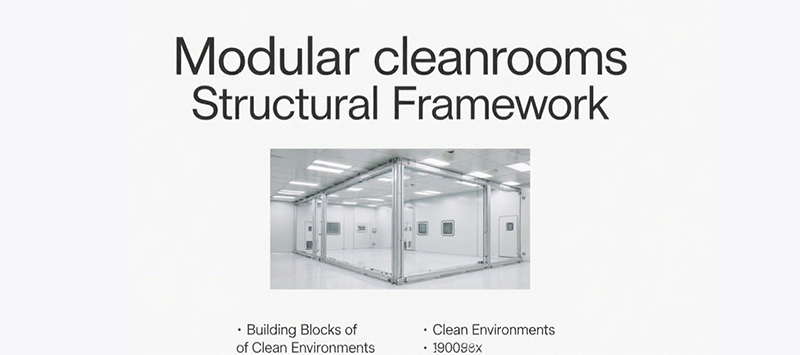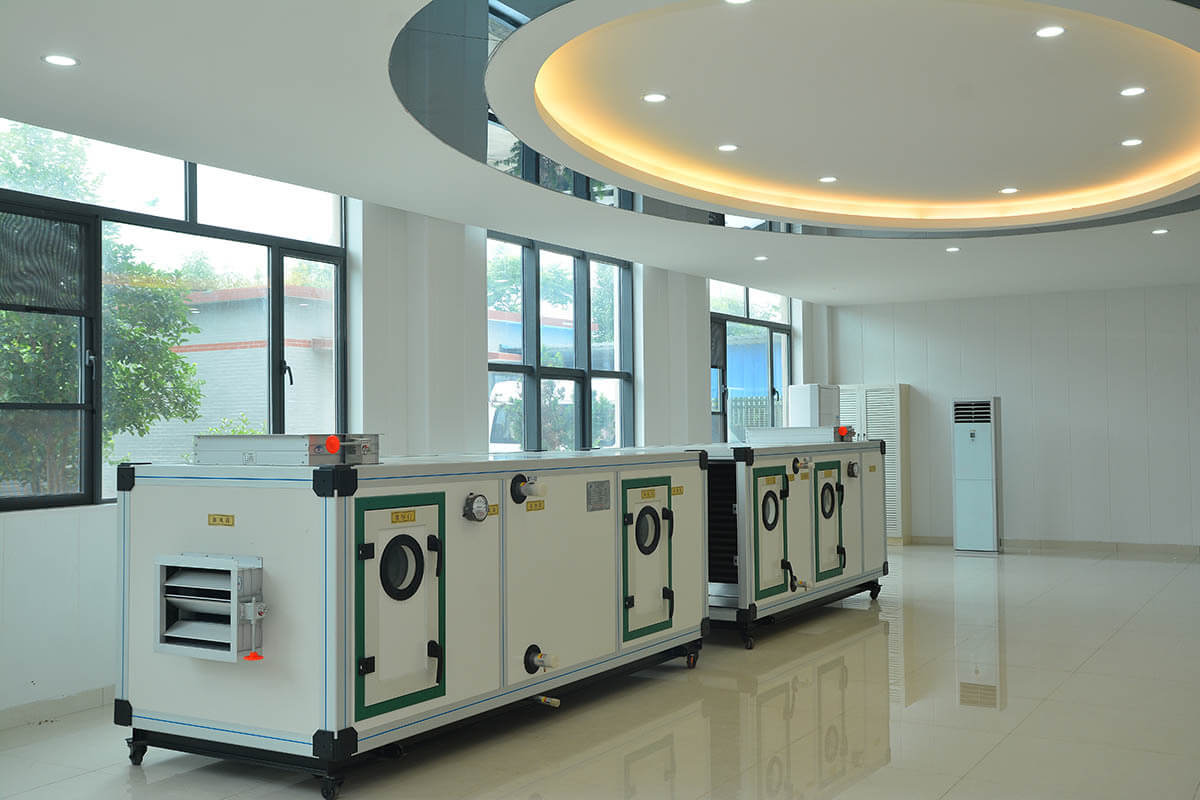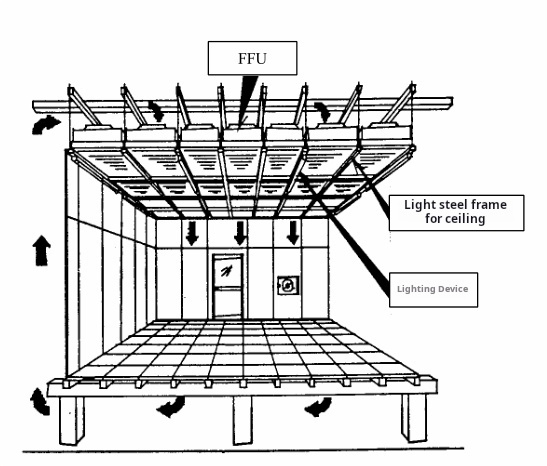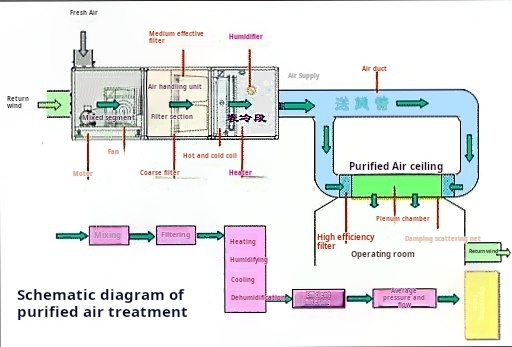Unlocking the Secrets of Modular Cleanrooms: Essential Components and Functionality
Modular cleanrooms are at the forefront of maintaining controlled environments essential for industries like pharmaceuticals, biotechnology, and Electronics.
Structural Framework: Building Blocks of Clean Environments
The structural framework of modular cleanrooms involves prefabricated panels designed for flexibility and rapid assembly. According to product designer Deiiang Jason.peng, Deiiang™ focuses on materials that are easy to clean, ensuring compliance with ISO 14644 standards.
The panels provide the necessary isolation from outside contaminants while offering scalable solutions for various space requirements.

The HVAC System: Controlling the Environment
The HVAC (Heating, Ventilation, and Air Conditioning) system is crucial for controlling environmental conditions inside modular cleanrooms, maintaining parameters like temperature, humidity, air pressure, and airflow.
Air Handling Unit (AHU) Operations
The AHU is the heart of the HVAC system, responsible for regulating several critical environmental factors:
| Factor | Description |
|---|---|
| Temperature Control | Precise temperature management with deviation no larger than ±0.1°C, crucial for protecting sensitive equipment and materials. |
| Humidity Control | Maintains humidity between 40% and 60% to prevent static electricity and contamination. |
| Pressure Control | Positive pressure between 5 to 20 Pascals to keep contaminants out. |
| Airflow Control | Calculated air changes per Hour (ACH), e.g., Class 100 (iso 5) may require up to 30 ACH. |
Air Changes per Hour (ACH) Formula
ACH = Total Airflow (CFM) × 60 / Room Volume (ft³)
Where CFM = Cubic Feet per Minute

FFU Purification System: Keeping the Air Clean
The Fan Filter Unit (FFU) system is essential for purifying air, providing continuous filtration.
- FFU Working Principle: FFUs incorporate HEPA or ULPA filters to remove particles as small as 0.3 microns, ensuring air quality remains within strict Cleanroom standards.
- Calculating FFU Quantity: Factors such as room volume and desired cleanliness level are considered, using formulas that take into account cubic feet per minute (CFM).
- FFU Group Control Systems: Deiiang™ integrates sophisticated group control systems for coordinated operation of multiple FFUs.
FFU Quantity Calculation
Number of FFUs = Required Total Airflow (CFM) / FFU Airflow Capacity (CFM per unit)

Ventilation Ductwork: Ensuring Efficient Airflow
Ventilation ductwork plays a pivotal role in maintaining the cleanroom environment by efficiently managing air supply and exhaust.
Supply Air Ducts
Distribute filtered air, engineered to minimize turbulence and maximize uniformity.
Return Air Ducts
Efficiently cycle out used air to prevent the buildup of contaminants.
New and Exhaust Air Systems
Balance pressure and quality by introducing fresh air and expelling contaminated air.
Duct Sizing Formula
Duct Diameter (inches) = √(4 × Flow Rate (CFM) / (π × Velocity (FPM)))
Where FPM = Feet per Minute

HVAC Automated Control Systems
Automation in HVAC systems allows real-time monitoring and adjustment of environmental conditions. Using advanced sensors and controls, Deiiang™ automation systems ensure that changes in the cleanroom’s conditions are swiftly corrected, maintaining optimal performance.

Conclusion: Enhancing Operational Excellence
Modular cleanrooms embody cutting-edge engineering and design, essential for industries requiring stringent control of environmental conditions. By exploring their framework and integrated systems, businesses can tailor their cleanrooms to meet specific needs, ultimately maximizing both safety and efficiency.
Deiiang™, under the guidance of experts like Deiiang Jason.peng, continues to lead the innovation in cleanroom technology.
Common Questions and Solutions
What is a modular cleanroom?
A modular cleanroom is a controlled environment built using prefabricated panels for fast deployment and adaptability to space and contamination control requirements.
How does positive pressure in cleanrooms work?
Positive pressure keeps contaminants out by ensuring that air pressure inside is higher than outside, typically maintained by precise sensors.
References
- International Organization for Standardization. (2015). iso 14644-1:2015 – Cleanrooms and associated controlled environments.
- Deiiang™, Product Design Insights by Deiiang Jason.peng.
These elements, combined with best practices and technological solutions, make modular cleanrooms indispensable in fields that demand high standards of environmental control.
 +86 18186671616
+86 18186671616 Jason@cleanroomequips.com
Jason@cleanroomequips.com
 MENU
MENU


